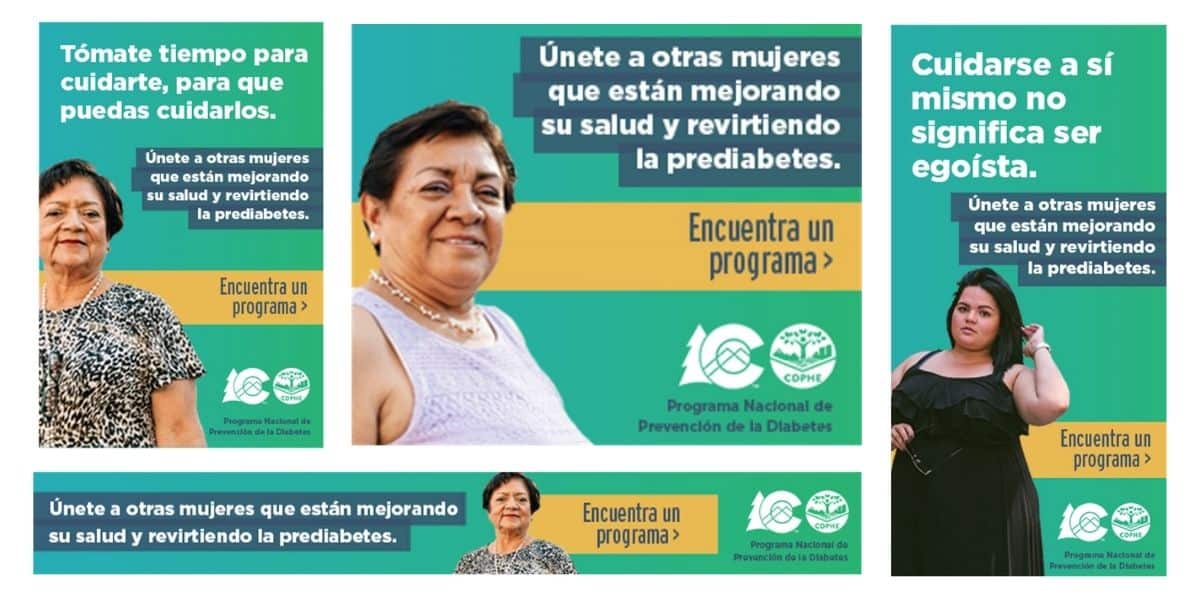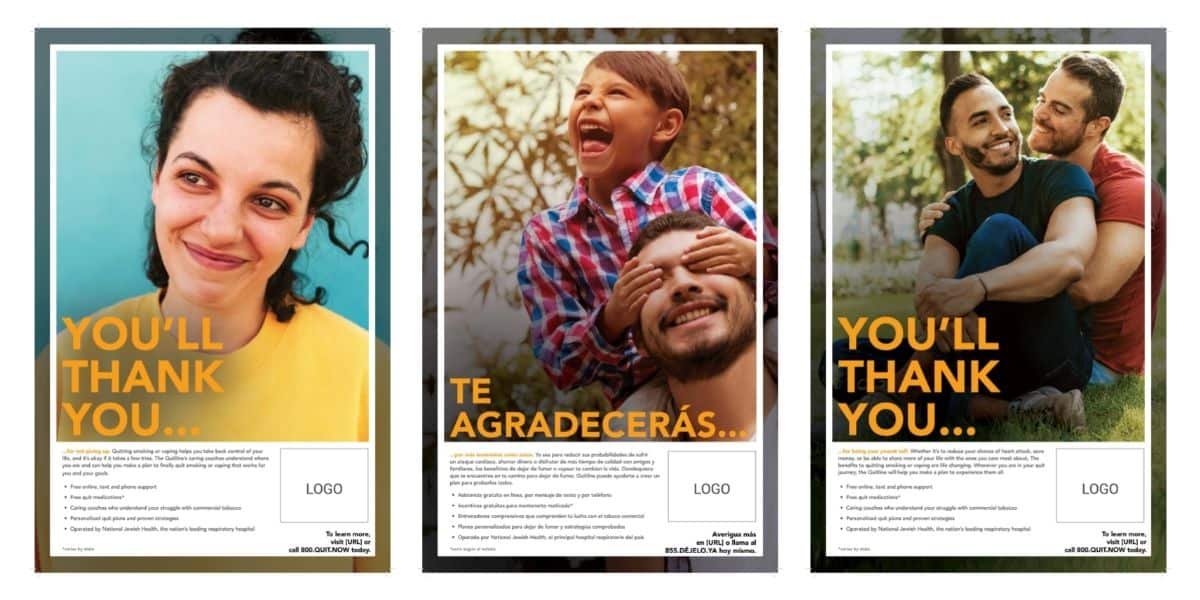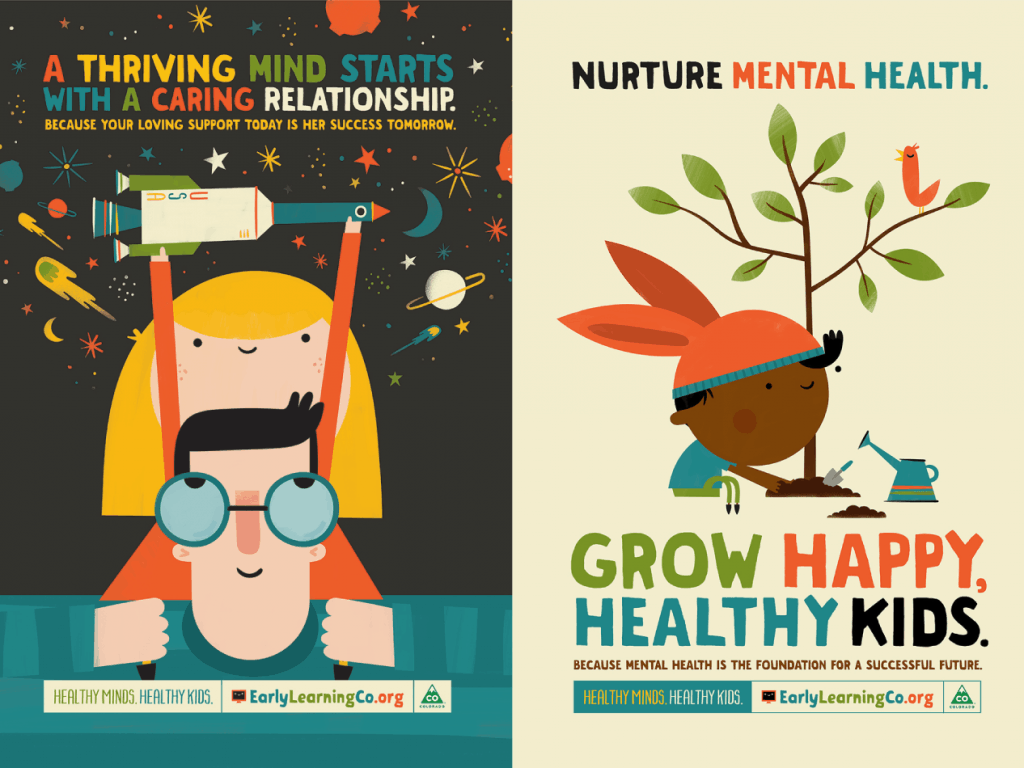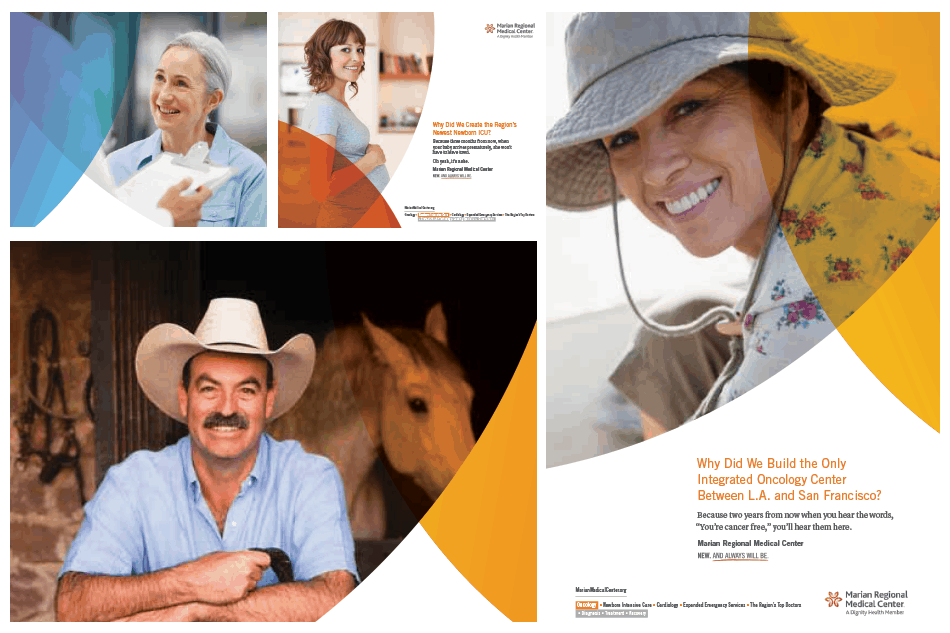Challenge:
Despite a reduction in youth smoking in Colorado, tobacco is one ball that you can’t take your eye off. As with all risky behavior, it’s important to build on progress and ensure that today’s teens do not become tomorrow’s tobacco users.
But that’s no easy task.
Youth are notoriously challenging to reach and engage, are wired to take risks and often feel like they’ve heard the same anti-tobacco messages again and again. And to further complicate things, the rising prevalence of nicotine-delivery devices like vape and hooka pose new threats.
Strategy:
The Colorado Department of Public Health and Environment engaged SE2 to develop a mass media campaign to reach adolescents. Our strategy – based on extensive teen interviews and focus group conversations – harnessed what we know about targeting teens; that they want new information about tobacco, they want to be entertained, they are fascinated by death and dying, and they are drawn to gross out humor.
Armed with our research, we launched a campaign centered on the idea of nastiness.We explored everything from nasty teen behavior and impacts of smoking on your health to the nasty lengths the tobacco industry will go to target teens.
We piqued kids’ interest with new information about tobacco by producing ads, videos and graphics highlighted “Totally Nasty” ingredients – the same stuff that can be found in cat pee, lighter fluid and dog poop. Tapping into youth’s obsession with online quizzes, we developed a custom quiz that encouraged kids to find out just how nasty cigarettes are.
With our project partner InLine media, we placed media like video pre-roll and in-app game roadblocks that youth couldn’t help but see. And our Pinterest-style website (TobaccoIsNasty.com) severed as the destination for the ads and delivered additional content in a format that encouraged even more exploration and sharing.
Results:
The combination of compelling creative and novel paid media drove the campaign to double industry benchmarks in terms of click through and view rates.
Optimizations we made to the website, such as content and navigation improvements, increased the amount of time kids spent learning about the dangers of tobacco.





